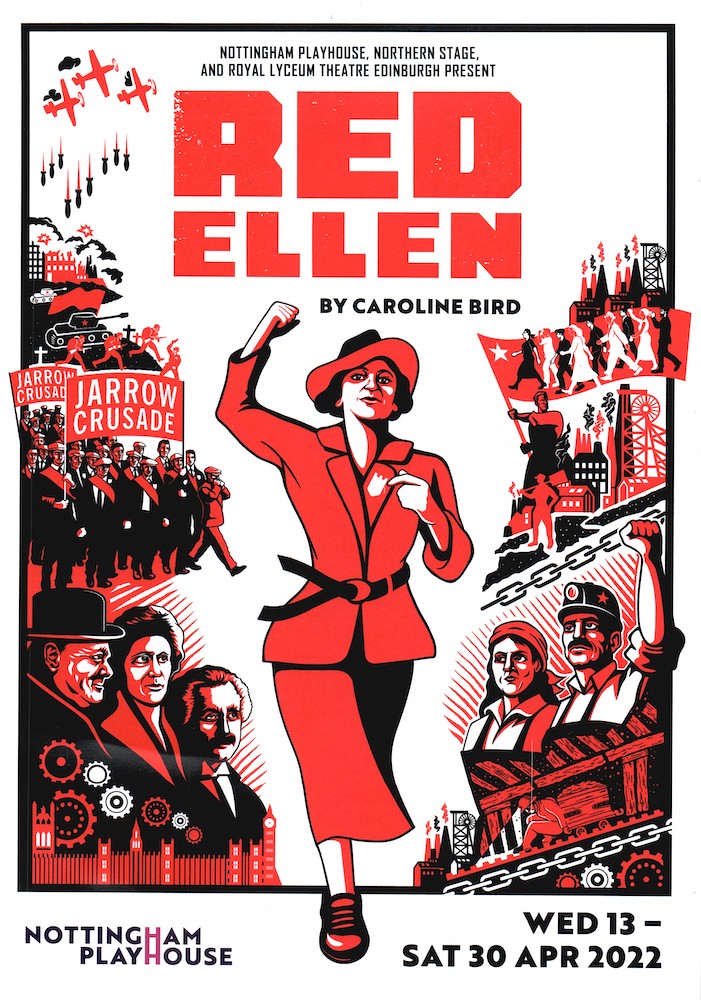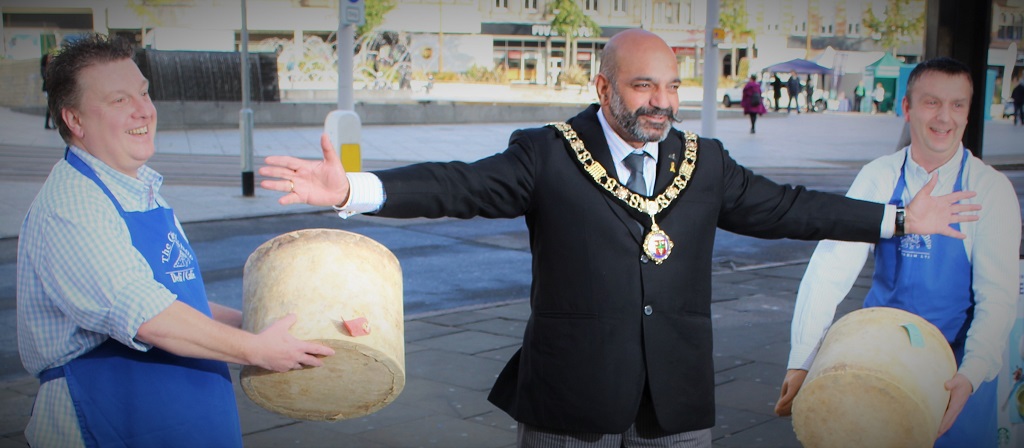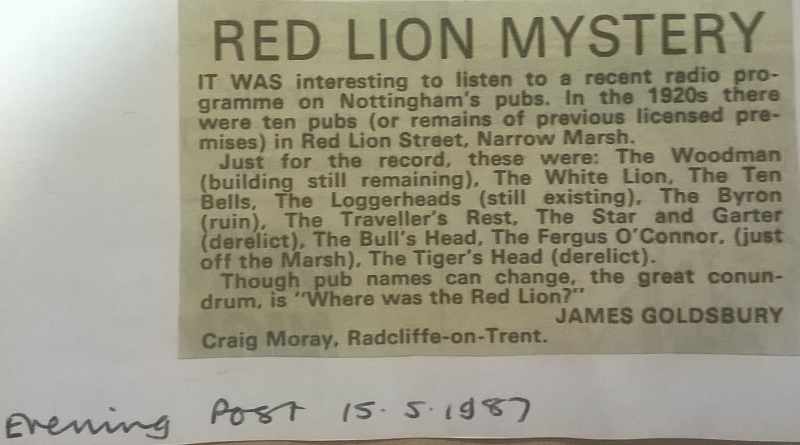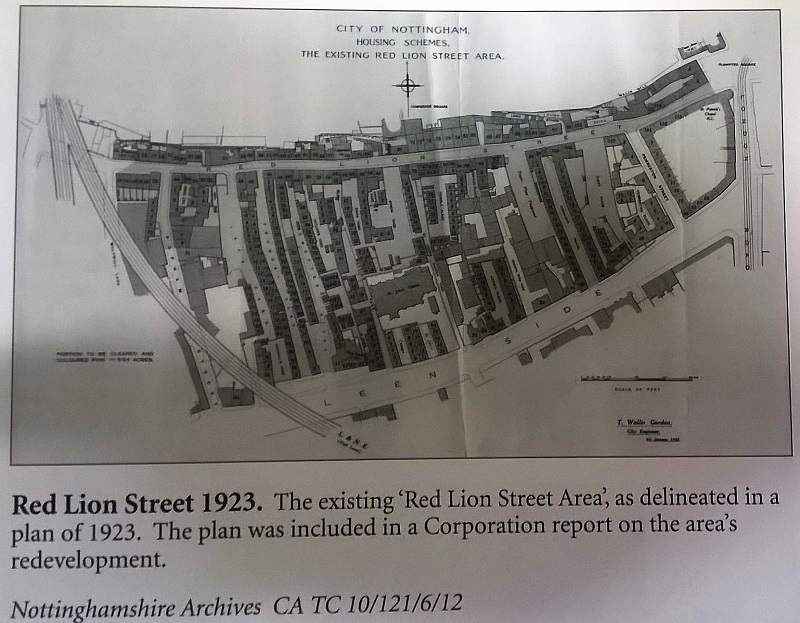
Excellent value for a fiver. Shown around by “Friar Tuck”. Just a hint of the stories follows.

From the top of the cliff, reminder of why the Normans built the castle, the extent o the ground and where King Charles raised his standard; how it oversees the river Trent; but the town was actually started by the Saxons, under King Snot, on the other sandstone outcrop that is now the Lace Market.

The sandstone is so soft. First occupants – the Celts. King Richard, Prince John, the siege.

Edward II, Queen Isabella, Edward III and the gruesome end to Mortimer – once held in the cave which became known as Mortimer’s Hole.
Gruesome stories – see the mother holding on to her son.

How the tunnel was also a pigeon loft and a placement for cannons. How the castle was stripped of so much. Tales of the Civil War.

The tunnel as a service route from the River Leen, before it was re-directed. The castle being re-built as a Georgian palace. The burning down of the castle in 1831; and the gas explosion of 1906.

The ground entrance to the caves.

Other business at the base of the castle, including brewing. And the oldest pub in England – The Olde Trip to Jerusalem.





















